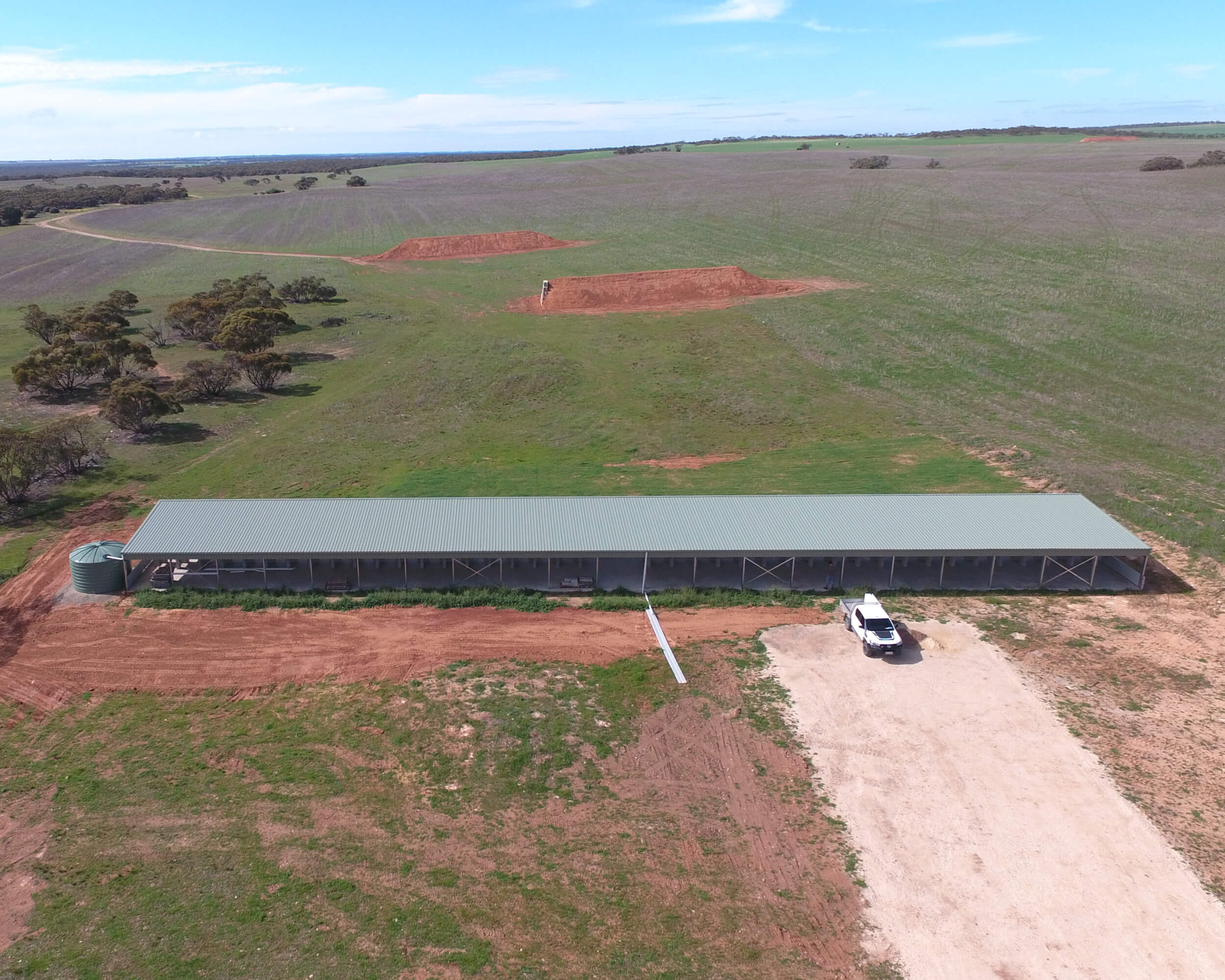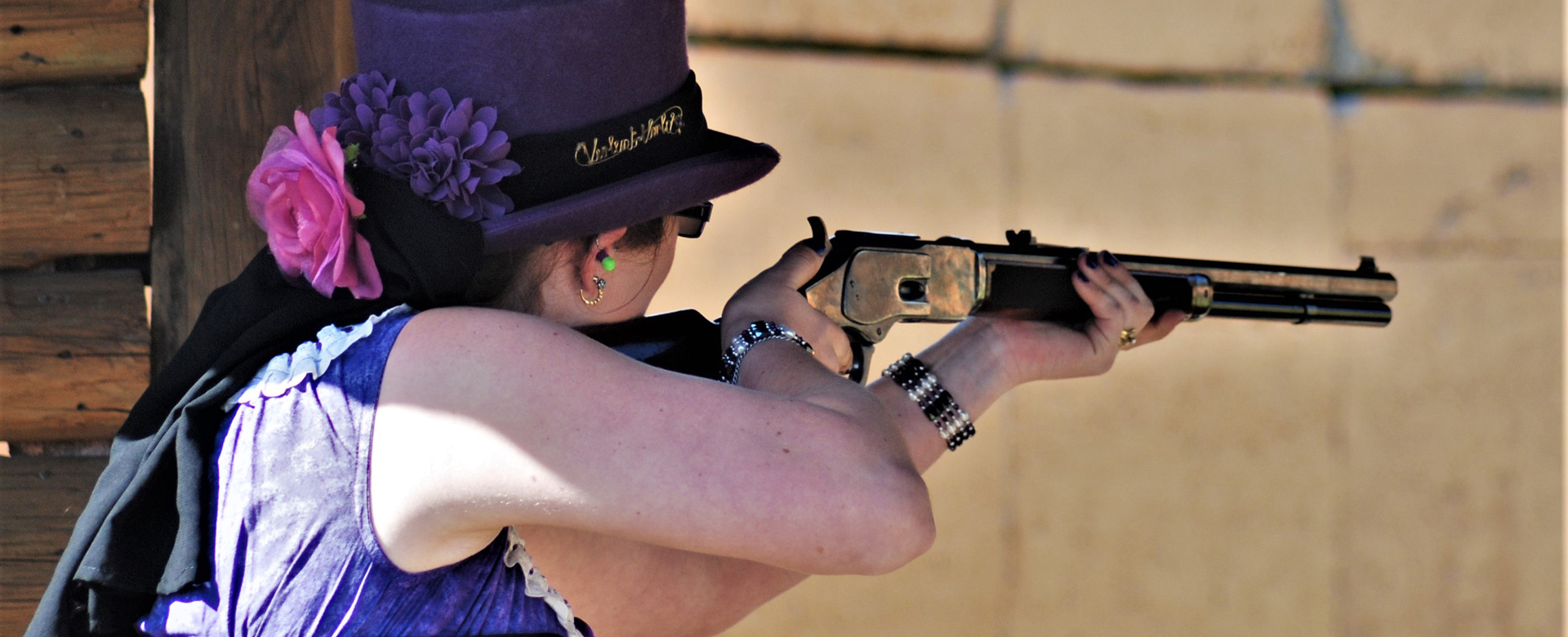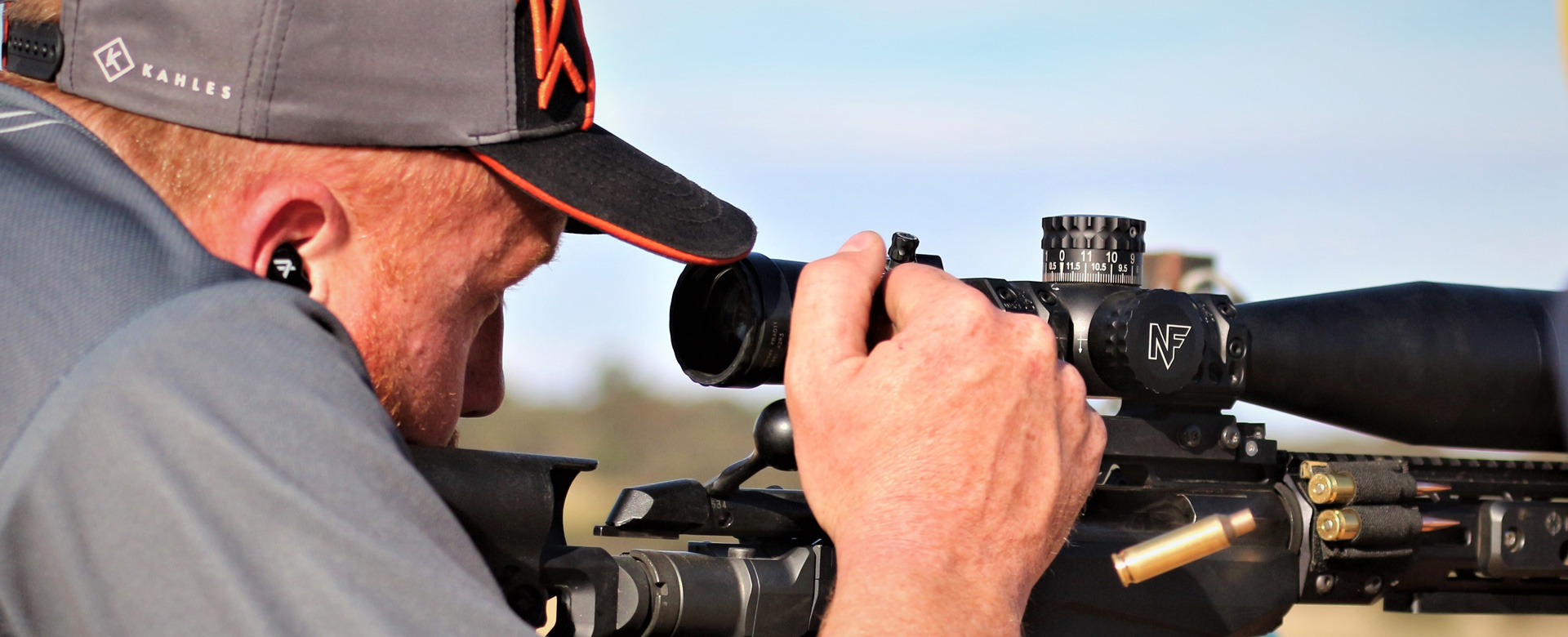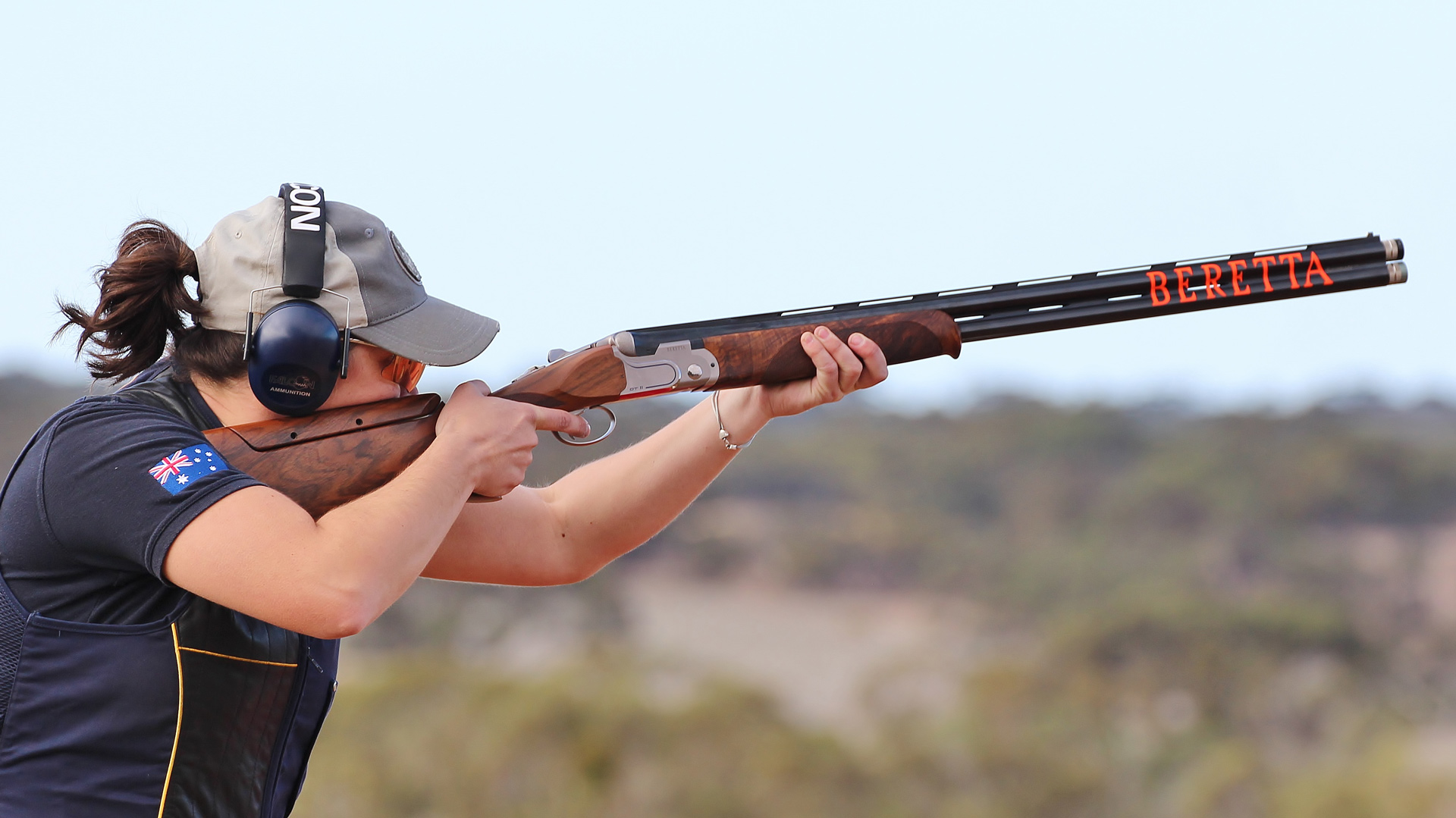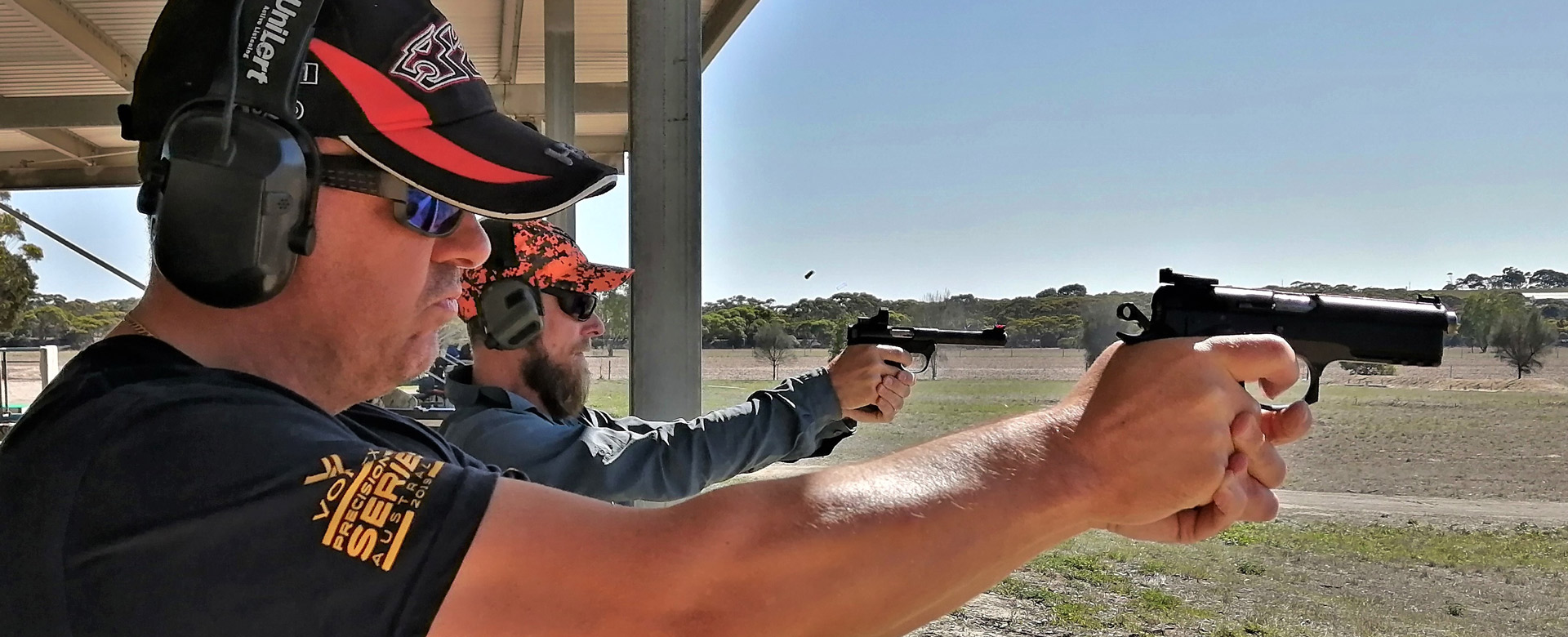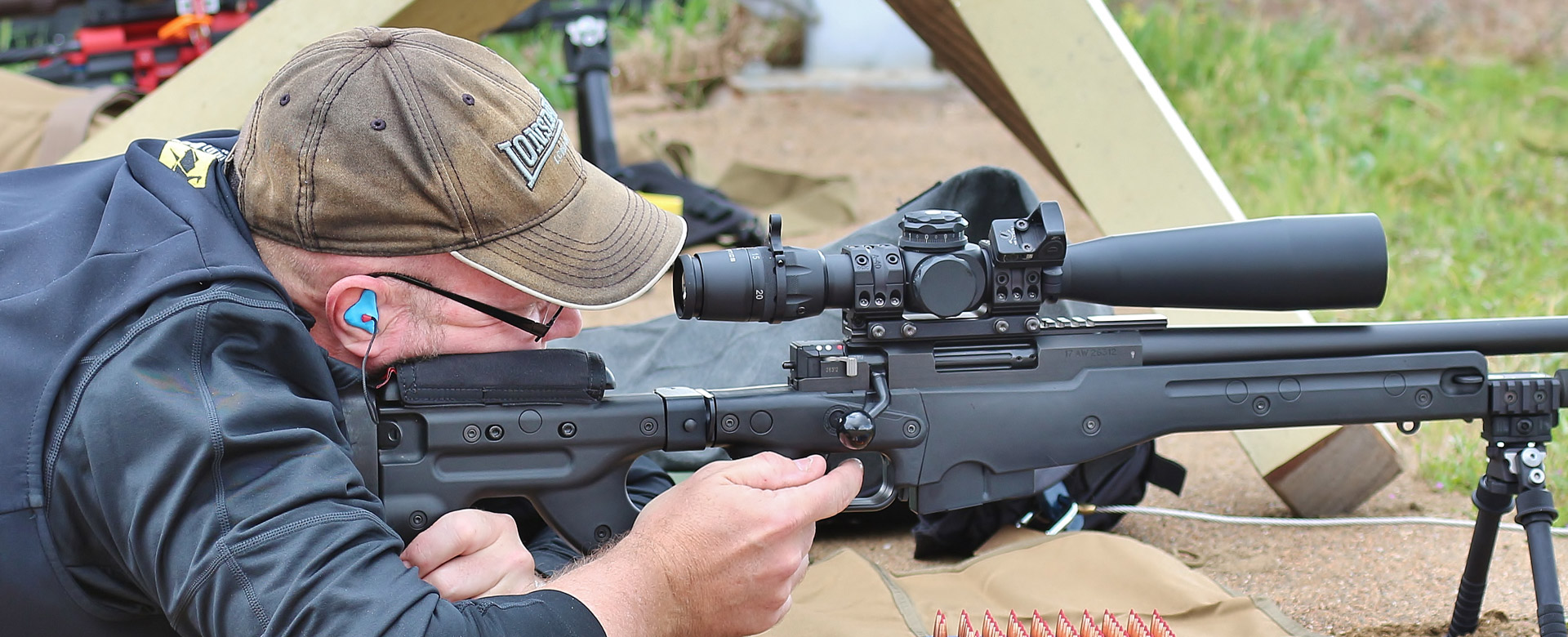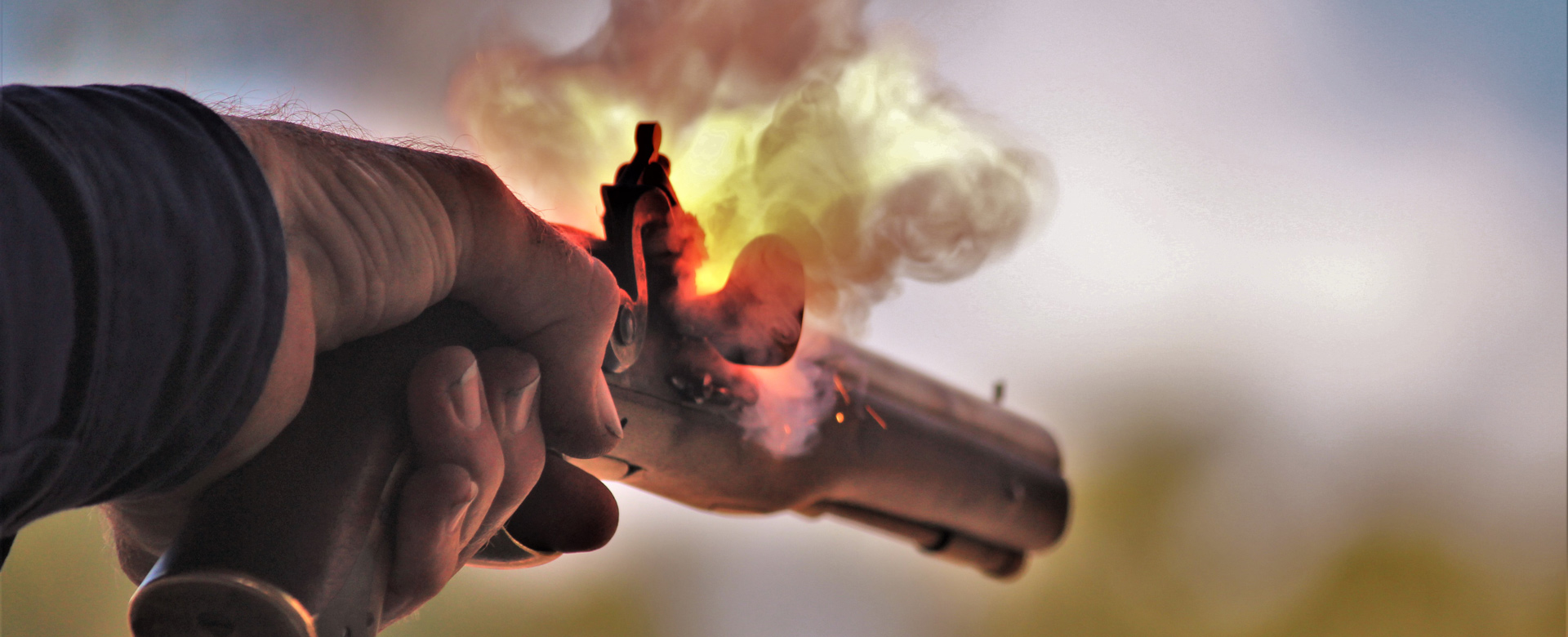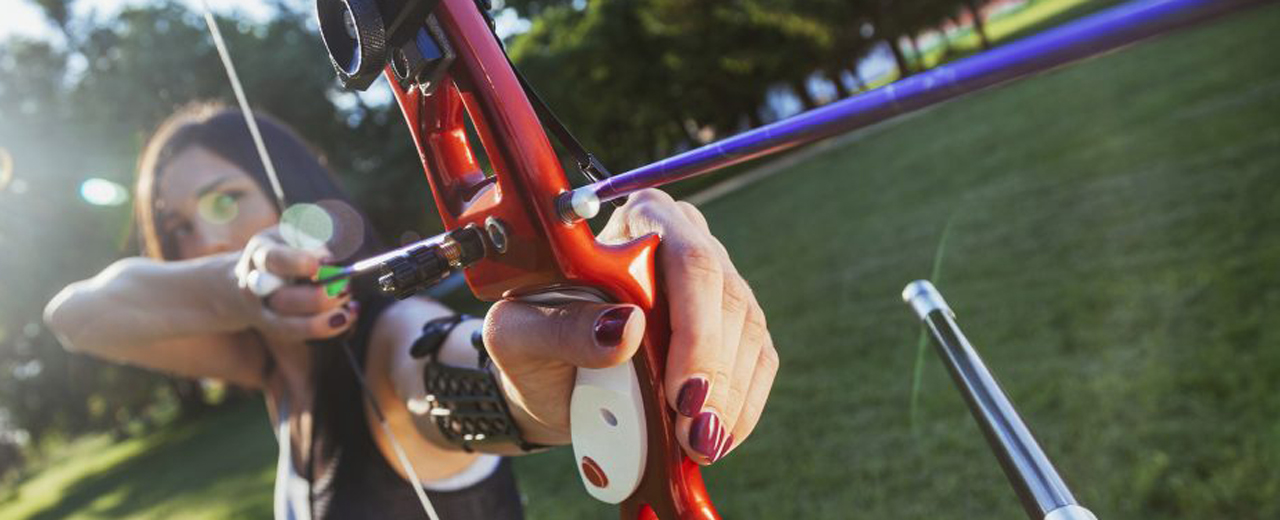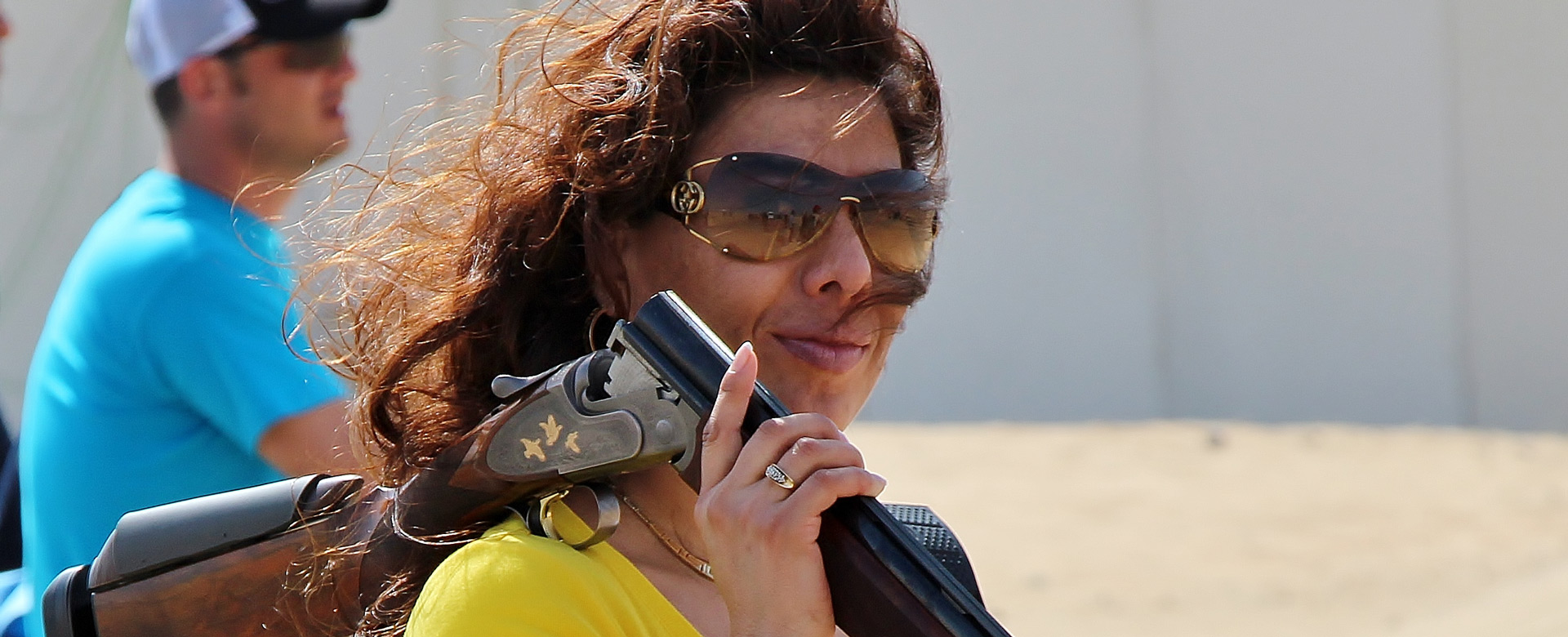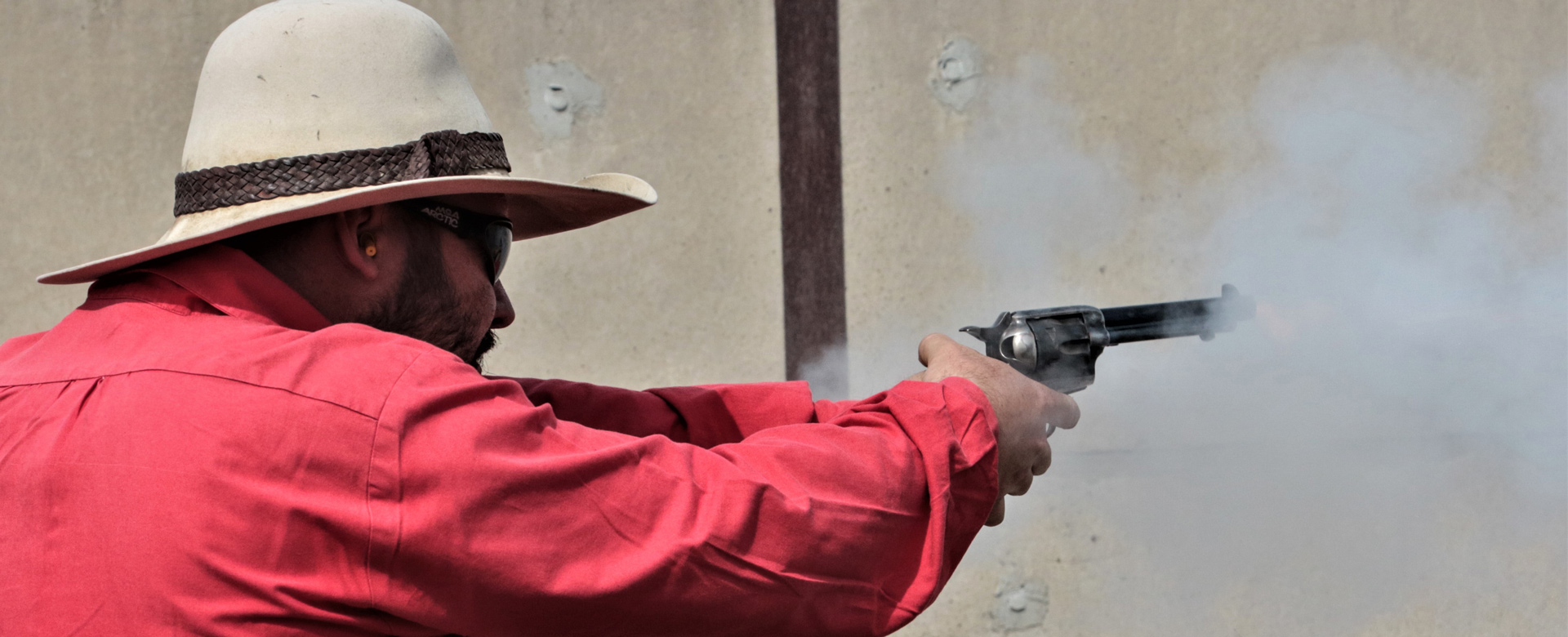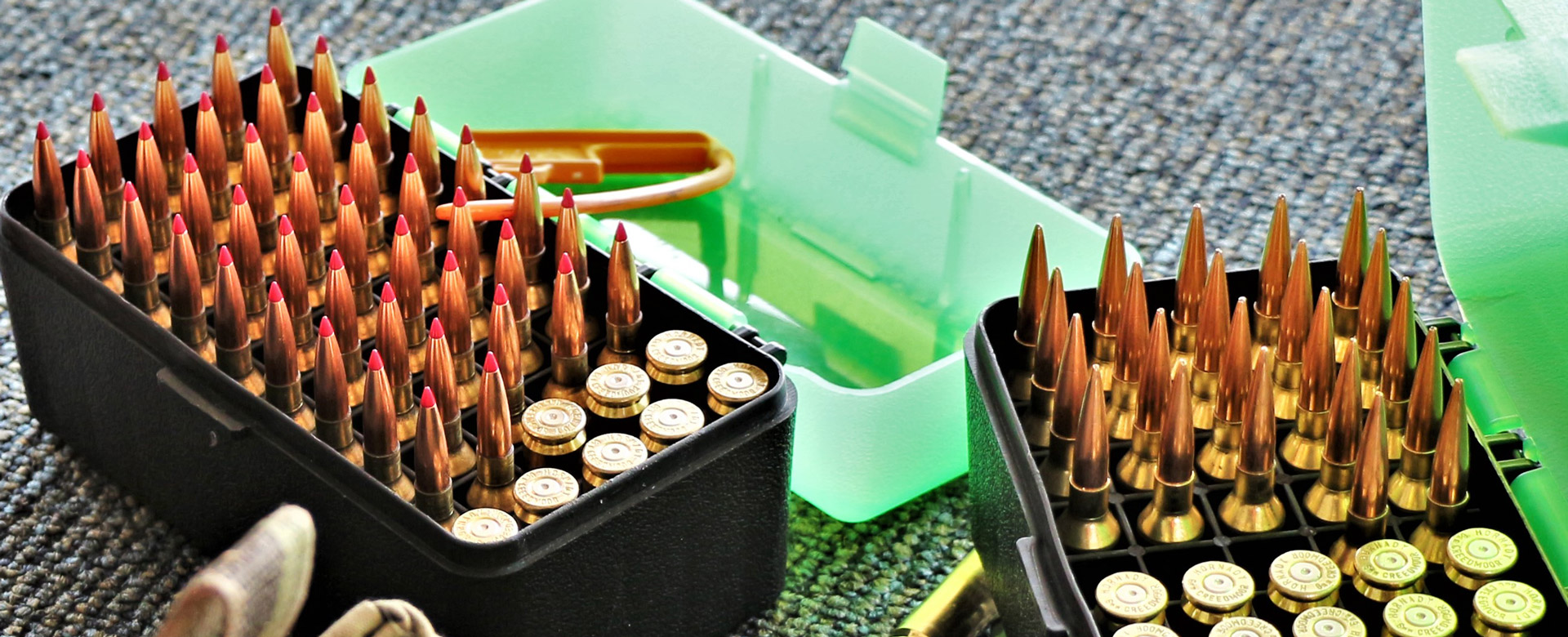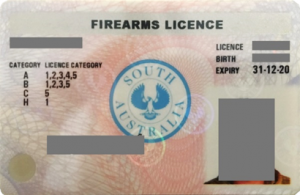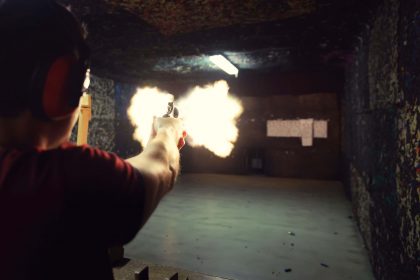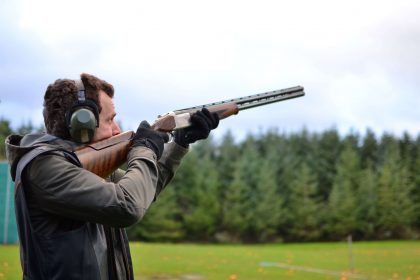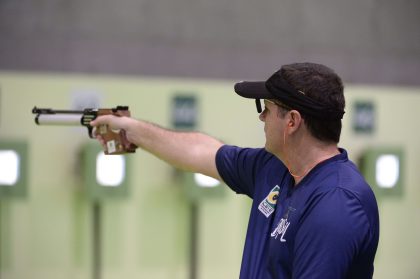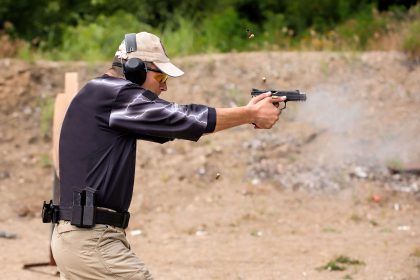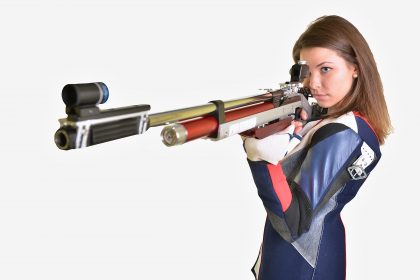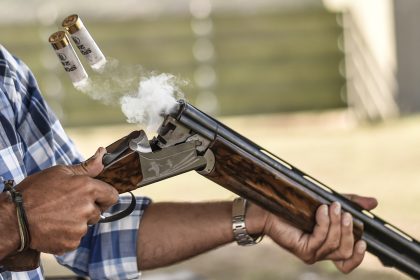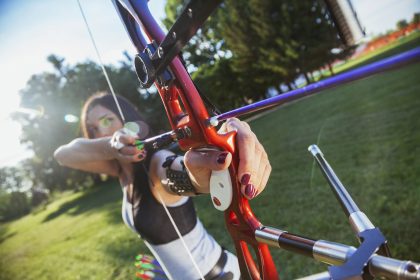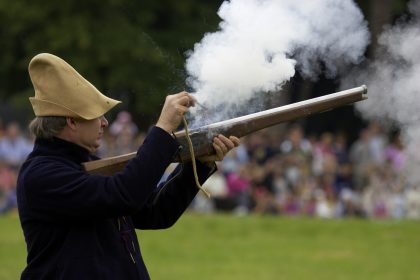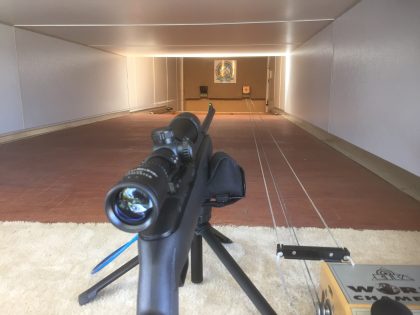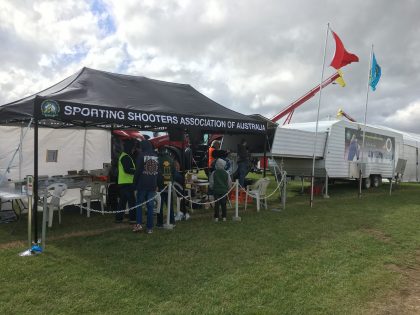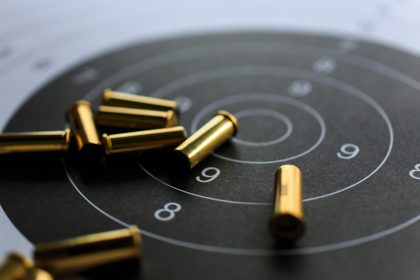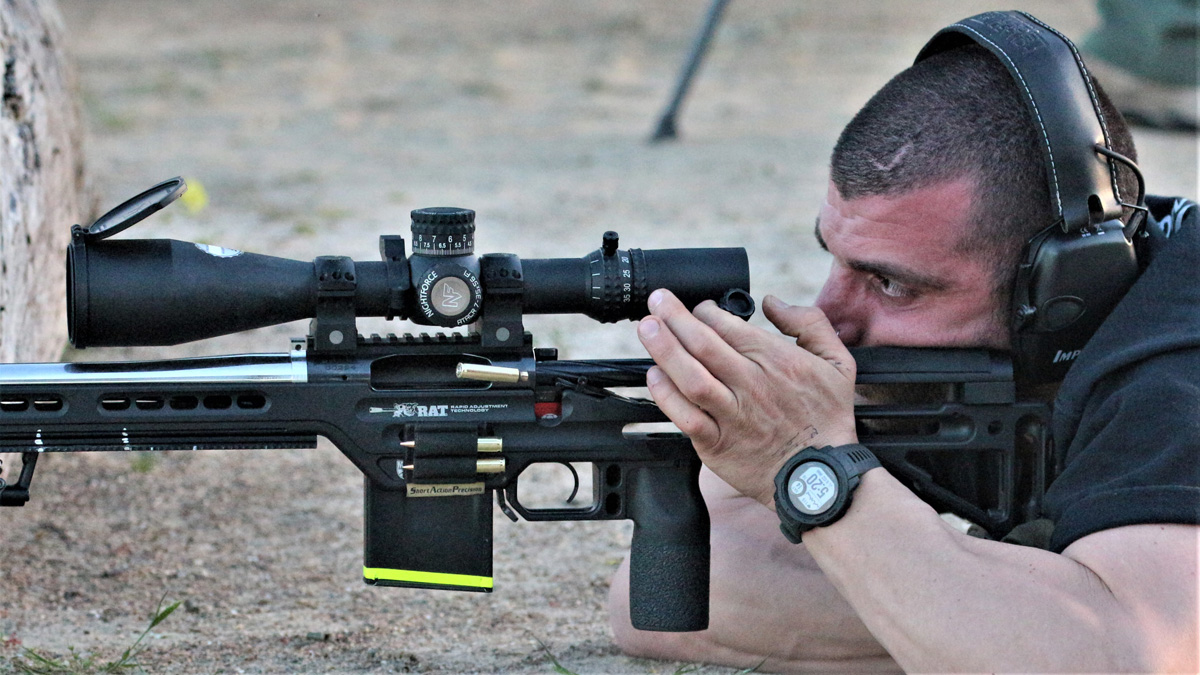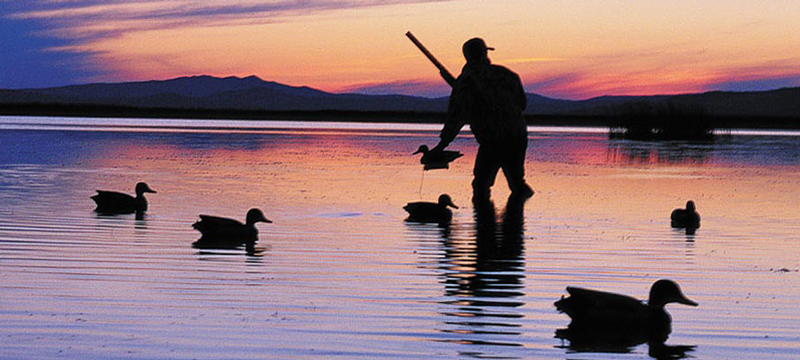
Hunting
Department for Environment and Water (DEW) Hunting Info
Department for Environment and Water (Hunting Permits)
Hunting Permits
All hunting in South Australia is regulated under the National Parks and Wildlife Act 1972 (NPW Act) and the National Parks and Wildlife (Hunting) Regulations 2011.
If you wish to hunt in South Australia you must have a basic Hunting Permit unless you are:
- destroying animals which are endangering human life.
- destroying animals (other than protected species) that are causing damage to crops, stock or other possessions on your land (your own or employer’s property).
- taking an animal under any other permit regulations.
Protected native animals and hunting
Most native mammals, reptiles and birds are fully protected. Without this protection many species could ultimately disappear forever. The NPW Act does allow for open seasons to be proclaimed so that certain species of protected game (duck and quail) can be hunted.
Unprotected native animals, introduced animals and hunting
Unprotected native animals are listed in Schedule 10 of the NPW Act. You must still have a Hunting Permit before you can hunt unprotected native animals or introduced animals,
Under the Act consideration is made for hunting and food gathering by Aboriginal people.
More information:
In South Australia, the following species are classified as game and can be taken during a declared open season:
-
- Stubble quail
- Pacific black duck
- Grey teal
- Hardhead (white-eyed duck)
- Mountain duck (Australian shelduck)
- Pink-eared duck
- Maned duck (wood duck)
- Chestnut teal
- Blue-winged shoveler
In South Australia, the following species are classified as feral and can be taken any time on private property with permission from landowners:
-
- Feral goat
- Pig
- Camel
- Deer
- Rabbit
- Red fox
- Starling
- Domestic pigeon
- European blackbird
- Spotted turtle-dove
For further information or to determine whether you need a permit, please contact:
DEW Fauna Permits Unit
Phone: (+61 8) 8124 4972
Email: dewfaunapermitsunit@sa.gov.au
Duck Hunting
An open season duck hunting permit is required to take/hunt duck.
Department for Environment and Water (DEW) Hunting Info
Department for Environment and Water (Hunting Permits)
If you are applying for a duck hunting permit you must have sat and passed a Waterfowl Identification Test (WIT). You will require your WIT number to complete your application.
Waterfowl ID Training & Testing
To obtain a permit to participate in South Australia’s duck open hunting season, you must successfully complete a Waterfowl Identification Test. This test is for hunters to demonstrate that they can identify waterbirds and each bird’s conservation status to ensure the right species are targeted.
The test is conducted by the Department for Environment and Water.
Training
Conservation and Hunting Alliance of South Australia (CHASA) provides comprehensive training in waterfowl identification to enable intending duck hunters to sit their Waterfowl Identification Test with confidence.
Courses are run on a regular basis before and during the hunting season, and are subject to demand.
The course costs $65, which covers tuition and all training literature including printed reference material and videos. Training normally takes place after hours.
To attend CHASA’s waterfowl identification training please complete the application form and return to CHASA by post or email.

